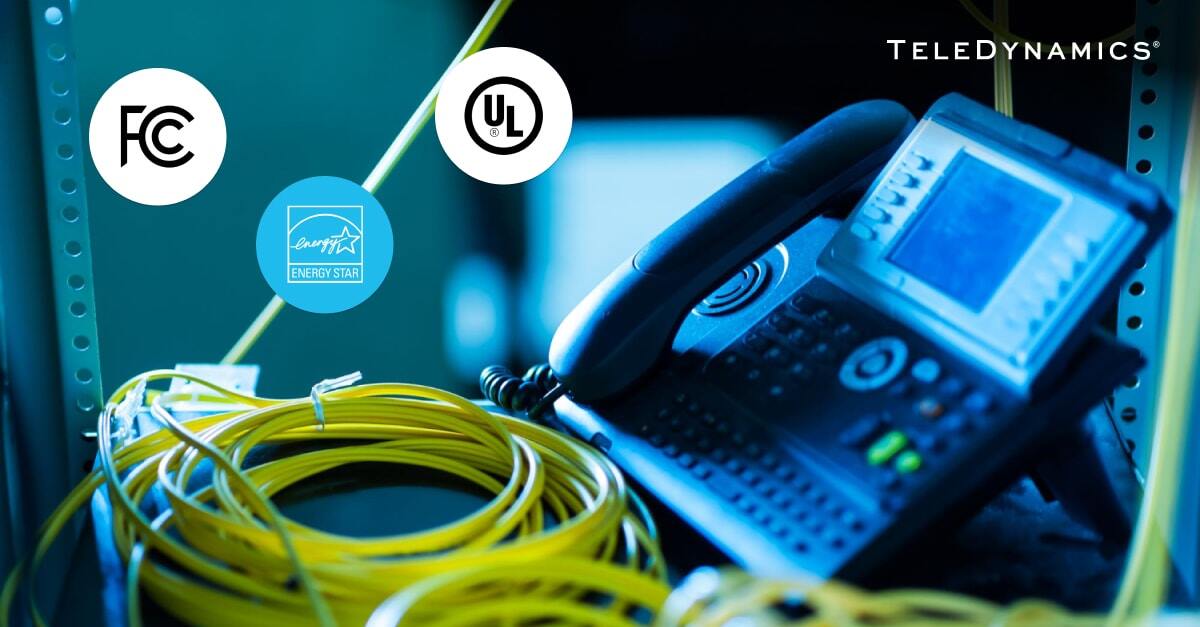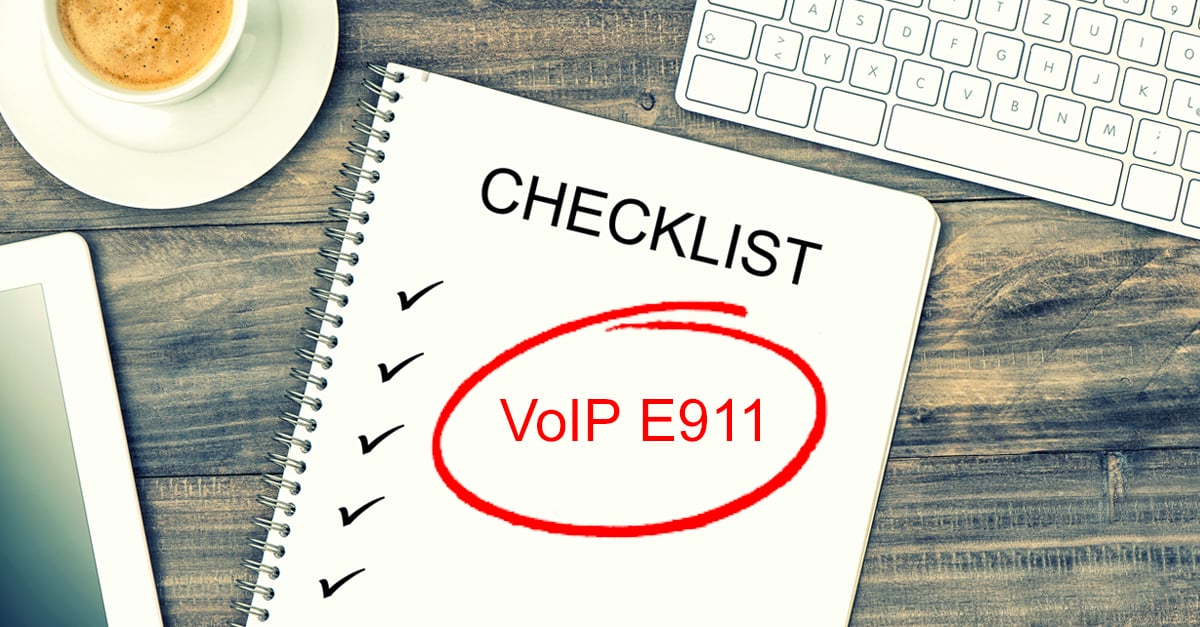When looking at telecom equipment or reviewing datasheets, you likely have noticed some cryptic symbols or acronyms followed by words like “certification” or “compliant.” But what do they actually mean?
Most people skim over these designations, preferring to focus only on the seemingly more important technical information. However, the truth is that these specifications are just as important as performance specs, protocol support, and device capabilities.
In this article, we look deeper at these certifications, what each one means, the organizations that define them, and why they are important aspects to consider when choosing telecom equipment.















